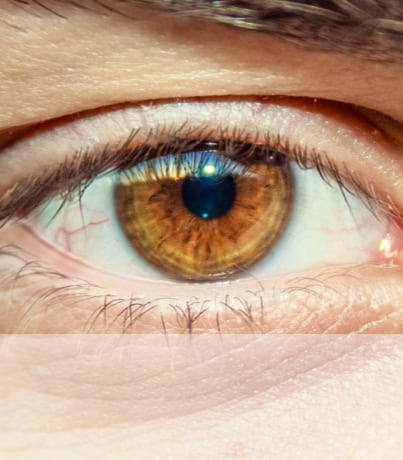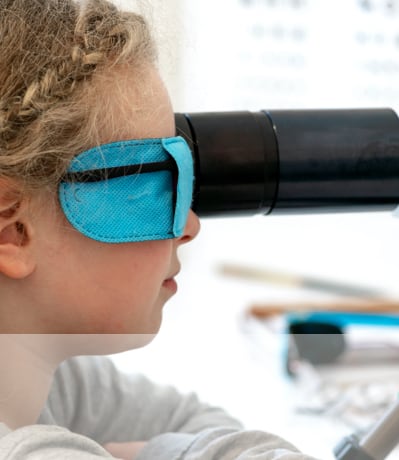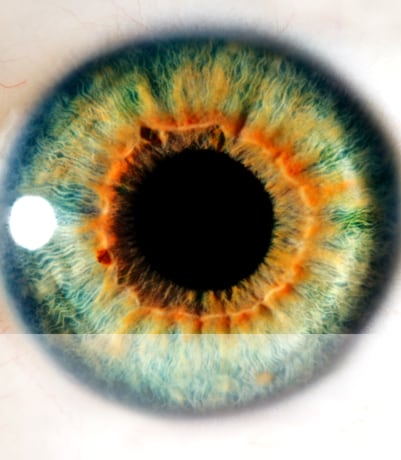Vision is a crucial part of a child’s development. From learning to read to playing sports, clear eyesight plays a vital role in your child’s growth and success. But how do you know if your child needs glasses?
A comprehensive eye exam is the best way to know your child needs glasses. Regular eye exams help detect vision problems in children early and prevent them from getting worse. Before that exam, here are some signs that might indicate your child needs glasses:
- Squinting to focus
- Excessive eye rubbing
- Sitting too close to screens
- Tilting the head
- Frequent headaches
- Difficulty concentrating
For parents concerned about their children wearing glasses, your eye doctor can provide practical tips on making the transition to glasses smooth for your child.
Early Detection of Vision Problems
Untreated vision issues can affect a child’s learning and development. Children with vision problems may struggle with reading, writing, and even social interactions. Identifying and treating vision problems early can help your child thrive in their daily activities.
When Do Kids Need Glasses?
Some common signs that your child might need glasses include:
- Squinting and eye rubbing: These could be a sign they struggle to see clearly.
- Sitting too close to screens: Whether it’s the TV, computer, or tablet, sitting too close can indicate vision problems.
- Tilting the head: An attempt to increase clarity.
- Frequent headaches: Persistent headaches can result from straining to see.
- Difficulty concentrating: Inability to adapt visual focus can look like a lack of focus.
Although these are all signs that suggest the need for glasses, the best way to know is to consult an eye doctor. A comprehensive eye exam can identify refractive errors, such as nearsightedness and farsightedness, and an eye doctor can prescribe glasses to address vision problems.
Eye Tests for Children
Eye tests for children are designed to be simple and stress-free. Here are some common tests your child might undergo during an eye exam:
- Visual acuity test: Measures how well your child can see at various distances.
- Refraction test: Determines the exact prescription needed for glasses.
- Color vision test: Checks for color blindness.
Each test serves a specific purpose and helps your eye doctor understand your child’s vision needs better. For example, during a visual acuity test, your child will be asked to read letters or symbols from a chart. It’s straightforward and non-invasive, making it suitable even for young children.
Factors That Influence the Need for Glasses
Several factors can contribute to a child’s need for glasses:
- Genetics: If one or both parents wear glasses, the child is more likely to need glasses, too.
- Environmental factors: Excessive screen time and lack of outdoor activities can strain the eyes and warrant glasses.
Understanding these factors can help you take preventive measures. For example, encouraging outdoor play and limiting screen time can reduce the risk of vision problems.
Age Milestones & Vision Changes
Children’s vision changes as they grow. Here are some key milestones:
- Infancy: A baby’s vision develops rapidly in the first year.
- Preschool (3-6 years): Vision becomes sharper, and depth perception develops.
- School Age (6-12 years): Myopia (nearsightedness) is often detected at this stage.
Regular eye exams at these age milestones can catch any issues early and make sure your child’s vision is developing correctly.
Getting Glasses: What to Expect

The process of getting glasses for your child is straightforward. Here’s what you can expect:
- Eye exam: The eye doctor will conduct various tests to determine your child’s prescription.
- Choosing frames: You’ll pick from a wide range of frames. Make it a fun activity for your child to choose their favorite.
- Fitting: The optician will make sure the glasses fit comfortably and securely.
It’s natural for parents to have concerns about their child wearing glasses. You can address these concerns with your optometrist, who can offer guidance and reassurance.
Tips for Encouraging Children to Wear Glasses
Getting a child to wear glasses consistently can be challenging. Here are some tips to make the transition smoother:
- Positive reinforcement: Praise your child for wearing their glasses and make it a positive experience.
- Role models: Show your child pictures of their favorite characters or celebrities who wear glasses.
- Comfort: Make sure the glasses are comfortable and fit well. An uncomfortable pair can be a significant deterrent.
By turning wearing glasses into a positive and comfortable experience, your child will be more likely to wear them consistently and confidently.
Preserving Your Child’s Vision
Recognizing when your child needs glasses is essential for their development and well-being. By being aware of the signs, you can take proactive steps to help your child stay on top of their vision needs.
Remember that regular eye exams are crucial, even if no symptoms are apparent. Early detection and treatment can prevent future complications and further support your child’s overall growth. Book an appointment with Bettner Vision today to take the first step in maintaining your child’s eye health. Our team provides a comprehensive eye care experience to every patient, regardless of age.








